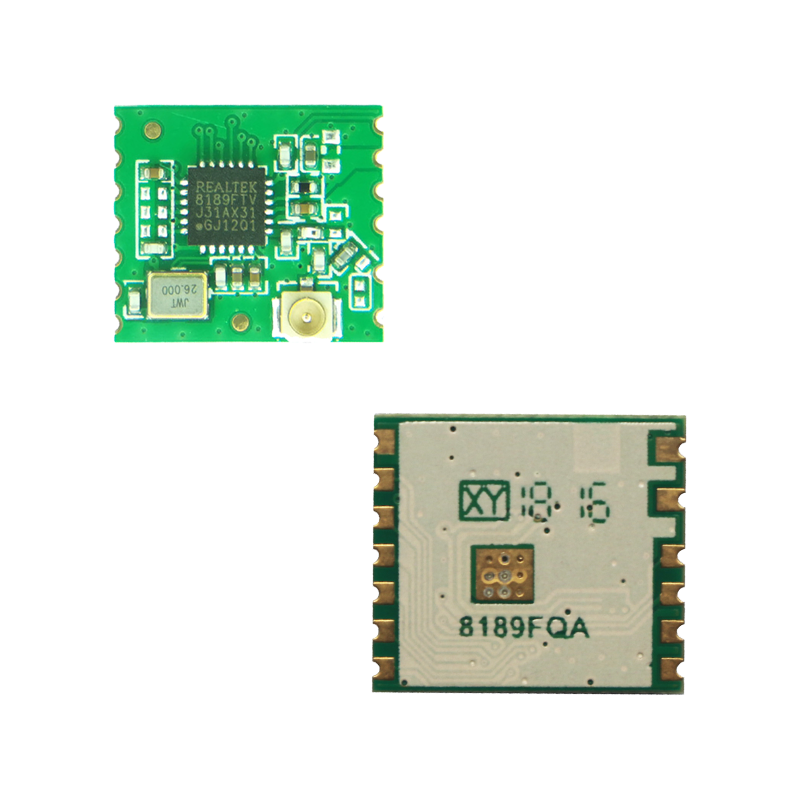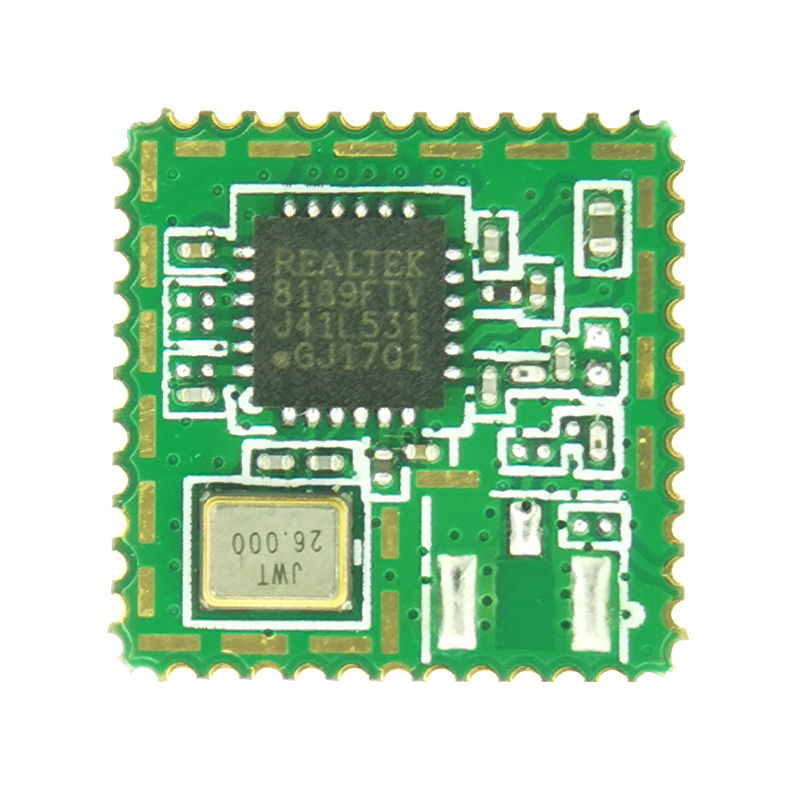The development of low-power WiFi modules has revolutionized the field of wireless communication by enabling energy-efficient connectivity for a wide range of devices. In this article, we will explore the technical advancements that have made low-power WiFi modules a highly sought-after solution in the world of Internet of Things (IoT) and smart devices.
Low-power WiFi modules, also known as low-energy or energy-efficient WiFi modules, are designed to significantly reduce power consumption without sacrificing performance. These modules employ various techniques such as power management, adaptive data rate control, and optimized sleep modes to minimize energy consumption.

Energy efficiency is a critical aspect of modern wireless communication systems. Low-power WiFi modules have gained immense importance due to several reasons. Firstly, they extend the battery life of devices, resulting in improved user experience and reduced maintenance costs. Secondly, they enable the proliferation of IoT devices by providing a power-efficient solution for wireless connectivity. Finally, low-power WiFi modules contribute to a more sustainable future by minimizing energy consumption and reducing the carbon footprint.
Power management plays a crucial role in achieving low-power operation in WiFi modules. This section will discuss some key techniques employed in these modules:
- Duty Cycling: WiFi modules use duty cycling to reduce power consumption by alternating between active and sleep modes. By intelligently controlling the duty cycle, the modules can ensure periodic synchronization, data transmission, and reception while conserving energy during idle periods.
- Dynamic Voltage Scaling (DVS): DVS is a technique used to adjust the supply voltage based on the processing requirements. By dynamically scaling the voltage, low-power WiFi modules can optimize power consumption and performance based on the current workload.
- Packet Aggregation: By aggregating multiple packets into a single transmission, low-power WiFi modules can reduce the overhead associated with frequent packet transmissions. This technique minimizes the energy consumption of the wireless module and improves the overall throughput.
Another key aspect of low-power WiFi modules is adaptive data rate control. These modules dynamically adjust the data transmission rate based on the link quality and channel conditions. By optimizing the data rate, low-power WiFi modules can minimize bit errors, increase range, and improve overall power efficiency.
Sleep modes play a vital role in reducing power consumption in low-power WiFi modules. These modules employ various sleep mode optimization techniques:
- Listen Before Talk (LBT): LBT is a technique that allows the module to listen for competing signals before transmitting. By avoiding collisions and unnecessary retransmissions, LBT reduces power consumption and improves network efficiency.
- Wakeup Radio: Some low-power WiFi modules utilize a dedicated wakeup radio that operates at a lower power state to detect incoming traffic. This dedicated radio allows the main WiFi module to remain in a deep sleep state, thus reducing overall power consumption.

The integration of low-power WiFi modules into various applications has been a significant milestone. These modules can be found in a wide range of IoT devices, including smart homes, wearable devices, industrial automation, and more. The seamless integration of low-power WiFi modules enables these devices to connect to the internet while consuming minimal power.
The future of low-power WiFi modules looks promising as technological advancements continue to improve their performance and efficiency. As the demand for energy-efficient IoT devices grows, the development of more compact, reliable, and cost-effective low-power WiFi modules will be a focal point. Moreover, with the emergence of 5G technology, exciting opportunities await low-power WiFi modules to complement and enhance wireless connectivity even further.
In conclusion, the rapid advancement of low-power WiFi modules has transformed the wireless communication landscape. These modules, through power management techniques, adaptive data rate control, and sleep mode optimization, have reshaped the IoT ecosystem. The integration of low-power WiFi modules into various applications has brought unprecedented energy efficiency and connectivity. As we move towards a more connected world, low-power WiFi modules will continue to play a pivotal role in driving innovation and enabling the seamless operation of smart devices.
 Trolink Joint With Tuya to Make Iot Benefit Every Family
Trolink Joint With Tuya to Make Iot Benefit Every Family
 5 Key Indicators for WiFi Module Selection You Have to Know !
5 Key Indicators for WiFi Module Selection You Have to Know !
 IOT module is the brain of smart products
IOT module is the brain of smart products
 What is the signal coverage range of the WiFi module chip?
What is the signal coverage range of the WiFi module chip?